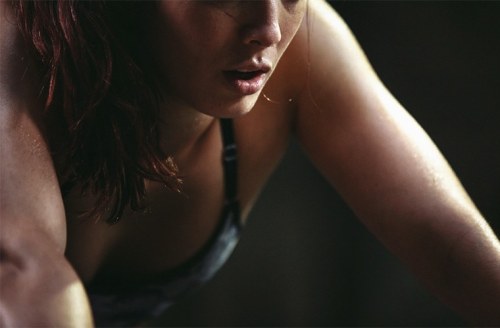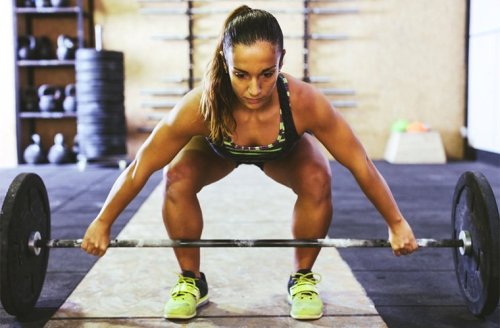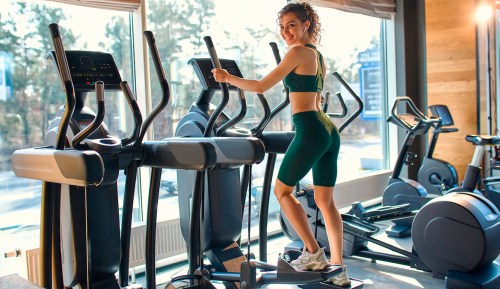Are you still burning calories after your workout?
Why is your body still burning calories after you break a sweat? And what kinds of workouts deliver the greatest afterburn effect?

Most workout enthusiasts have heard that after they finish their 60-minute boot camp, their bodies will continue to burn additional calories for hours afterward (compared to the regular rate of daily calorie burn that happens whether you exercise or not).
The phenomenon is commonly referred to as “afterburn,” and it’s a nice incentive for feeling proud that you got your butt out of bed and prioritized working out.
But why is your body burning excess calories if you’re not breaking a sweat? And what kinds of workouts deliver the greatest afterburn effect? There are differing opinions out there, and the research is far from set in stone. “We have a long way to go before we understand this, and there are times when it’s almost—for me, from a scientific standpoint—it’s almost overwhelming,” one lead researcher and professor in the field told BuiltLean.com. We sorted through the evidence to bring you a few things you should know.
Keep reading to see how long you burn calories after a workout.
Originally posted November 25, 2013. Updated February 3, 2017.

Your oxygen debt
One piece of the puzzle is EPOC, or excess post-exercise oxygen consumption. The term is a mouthful, but it literally just means your body is taking in more oxygen. It needs the oxygen so it can restore your body to balance after the hell you just put it through, via processes like hormone balancing and cellular repair.

It’s about muscle
But where the real magic takes place is in your muscles, says Hannah Williams, a private trainer at Reebok Sports Club/NY and Sports Club/LA, with a master’s degree in nutrition and exercise science. When you do any sort of resistance training—from lifting giant barbells to push-ups—your muscle fibers are placed under stress and retain tiny tears, she says. “Once the muscle fibers have been torn, even though it’s very small tears, those small tears and structures are being repaired by your body after you finish,” she explains. “So that reparation process is where the calories are being burned.”
In other words, your super-smart body is doing its own workout on a cellular level, fixing up the damage you did, and it needs energy for that.
Not to mention the fact that when you build muscle, you’re creating more metabolically-active muscle cells, which leads to more calorie burn 24-7.

Which workouts stimulate afterburn?
Since muscle repair is playing such a huge role, resistance training that puts stress on the muscles is your best bet. Incorporating resistance training into a High Intensity Interval Training format is often touted as the most afterburn-promoting workout. And while there is evidence to support that, there are also lots of experts who say its effectiveness is overblown.
The real key, says Williams is doing something that is uber intense for your body. “It works only when it puts your body in a position that it’s not accustomed to,” she says. So if you’re lifting weights, you’ve got to go heavier than you normally would. If you can barely do a pull-up, doing a bunch may be effective; if you can knock out 50 like gravy, add some weight. And get moving.
Speaking of intense, these are the hardest workout classes in New York City. And after, don’t forget to foam roll.










